
The Benefits of Labor Management; What Does it Mean?
June 29, 2022
The Need for Active Learning Platforms
September 28, 2022What is Active Learning in Higher Education?
The National Survey of Learner Engagement (NSSE) and the Australasian Survey of Learner Engagement (AUSSE) provides a straightforward definition: active learning involves “learners’ efforts to construct their knowledge actively.”
This definition is supplemented by the items that the AUSSE uses to measure active learning:
- working with other learners on projects during class
- making a presentation; asking questions, or contributing to discussions
- participating in a community-based project as part of a course
- working with other learners outside of class on assignments
- discussing ideas from a course with others outside of class
- tutoring peers
Active Learning Strategies:
Active learning includes various methods spread on a spectrum based on execution complexity and effectiveness.
From the methods of this spectrum, we chose some of the best of them and created a software-based active learning platform to help educators and learners effectively use the benefits of these methods called LiFA.
Some of these methods are listed below:
Minute paper
Informal Groups
Learn through playing
Learning by simulation
Instructor Action: Lecture
1. Picture Prompt method:
Show learners an image without explanation, and ask them to identify/explain it and justify their answers. Or ask learners to write about it using terms from the lecture or to name the processes and concepts shown. It also works well as a group activity. Do not give the “answer” until they have explored all options first.
2. Think Break:
Ask a rhetorical question, and then allow 20 seconds for learners to think about the problem before you go on to explain. This technique encourages learners to participate in problem-solving even when a discussion isn’t feasible. Having learners write something down (while you write an answer also) helps ensure that they will work on the problem.
3. Updating Notes:
Take a break for 2-3 minutes to allow learners to compare their class notes so far with other learners, fill in gaps, and develop common questions.
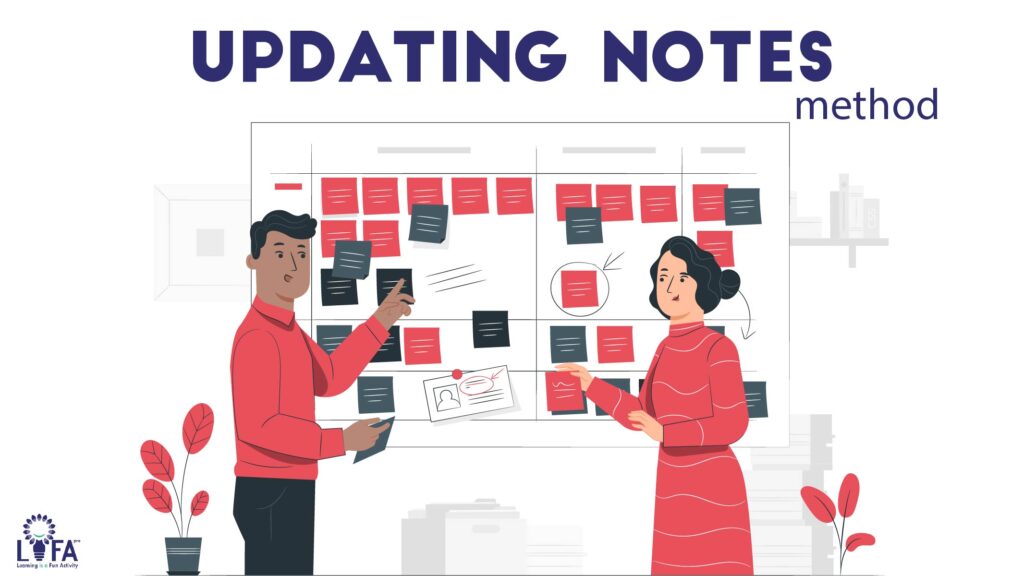
4. Choral Response:
Ask a one-word answer to the class at large; the volume of the response will suggest the degree of comprehension. Very useful to “drill” new vocabulary words into learners.
Learner Action: Individual
5. One-Minute Papers:
Learners write for one minute on a specific question (which might be generalized to “what was the most important thing you learned today”). Best used at the end of the class session.
6. Muddiest Point:
Like the Minute Paper, it asks for the “most confusing” point instead. Best used at the end of the class session.
7. Misconception Check:
Discover the class’s preconceptions. Helpful in starting new chapters.
8. Drawing for Understanding:
Learners illustrate an abstract concept or idea. Comparing drawings around the room can clear up misconceptions.
9. Turn-Taking Reading:
Instead of the instructor reading a paragraph on screen (or leaving silence for learners to do it), instruct them we will sit in silence until someone is moved to read ONE sentence.
Finally, someone else – anyone – will start the following sentence. Adds “good” tension and raises energy.
10. Haiku:
Learners write a haiku (a three-line poem: 5-syllables, then 7, then 5) on a given topic or concept and then share it with others.
11. Media Break:
Designate a two-minute break in the middle of class for learners to check their electronic devices, understanding they won’t use them otherwise during the entire class period.
12. Photo Homework:
Learners are assigned a smartphone to snap a picture of something at home or in the city that captures a specific concept from the class.
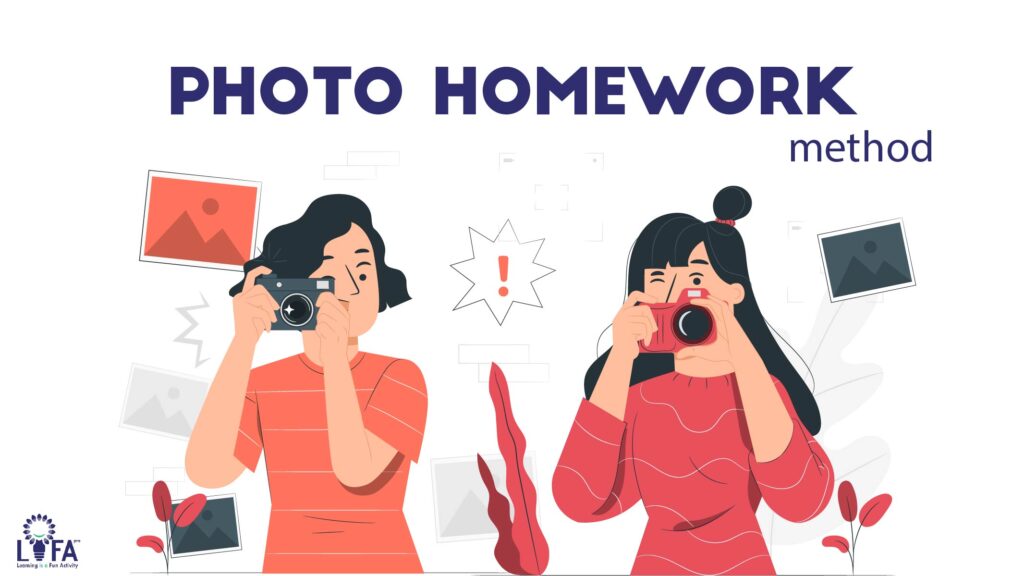
13. Board of Artwork:
Post publicly the collected drawings / abstract concepts that learners turned in for a previous activity and create an opportunity for discussion and debriefing.
Learner Action: Groups
14. Jigsaw (Group Experts):
Give each group a different topic. Re-mix groups with one planted “expert” on each case, who now should teach his new group. Also, useful to have them teach each other sections of the syllabus on the first day.
15. World Café:
Small groups tackle the same driving question; plenary debrief, then everyone except table hosts finds a new table (new groups) for a second discussion question. The host leads discussions and draws ideas between rounds, taking notes for sticky wall posters.
16. With a Creative Twist:
When assigning group presentations of different topics, each group randomly gets a ‘twist’ (such as delivering some lines as limericks, presenting part as a karaoke song, etc.)
17. Gap Exercise:
Learners are free-write for five minutes on “what is” versus “what should be” (or some other gap in your field), then debrief in threes. When it’s a learner’s turn, they summarize their free-write and then are silent and listen as the other two ask questions only (give no advice, do not swap stories), then work around the group every couple of minutes.
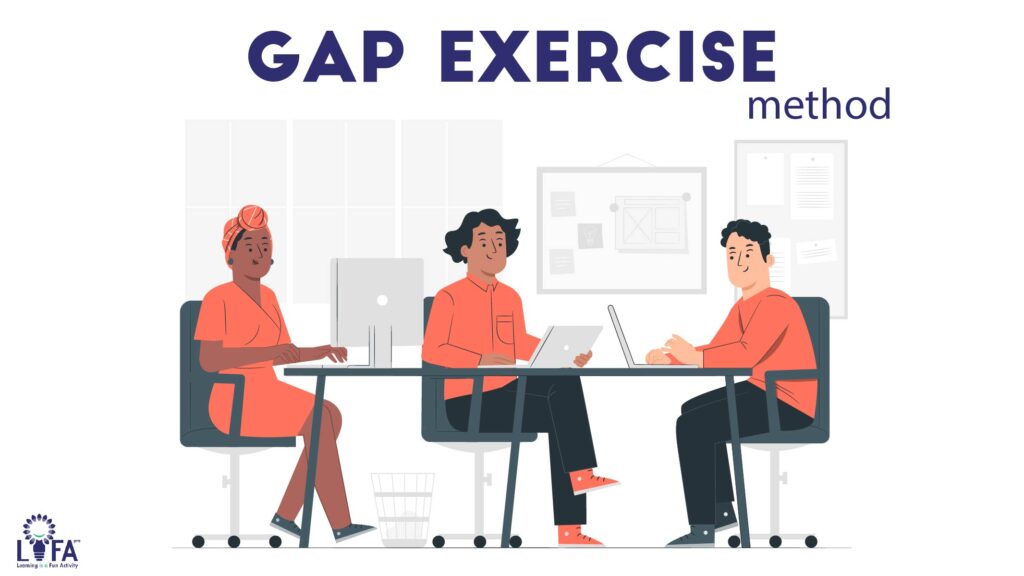
18. Brain Drain:
Divide learners into groups of 5 or 6.
- Hand out an empty grid of six rows and three columns to every learner.
- Provide a prompt or task at the top to brainstorm.
- Each person brainstorms possible answers in row one. After three minutes, rotate the papers clockwise and work on row 2 (but do not repeat any answers from row 1).
Continue until the sheet is filled in, then debrief to find the best solutions.
19. Interactive Lit Review:
Give a different snippet of reading to each group in the room and a specific task (such as “map ideas onto this larger set of principles you see on the screen”); capture bullets onto the board, then follow with a Gallery Walk (voting dots) to lead to more debrief.

20. Balloon Pop:
Give each group an inflated balloon with the task/problem trapped inside on a piece of paper. At the signal, all groups pop their balloons. You can inject fun, noise, and energy into a group assignment.
Conclusion:
University educators increasingly see the value of active learning initiatives—activities that engage learners in the learning process as opposed to passive learning, such as sitting in a lecture hall and taking notes.
Educators can pique learners’ interest in a topic in many ways, foster a sense of camaraderie between learners, and enhance learners’ understanding of the subject matter.
These main strategies create learning more about active learning implementation, including its benefits and actionable strategies to help utilize active learning in the academic teaching-learning process.

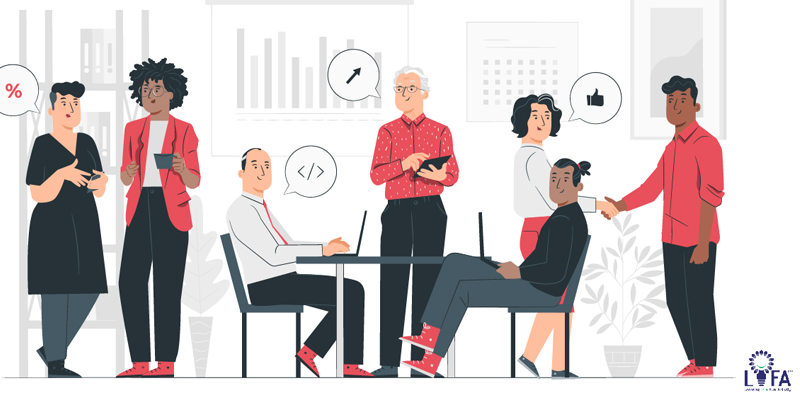
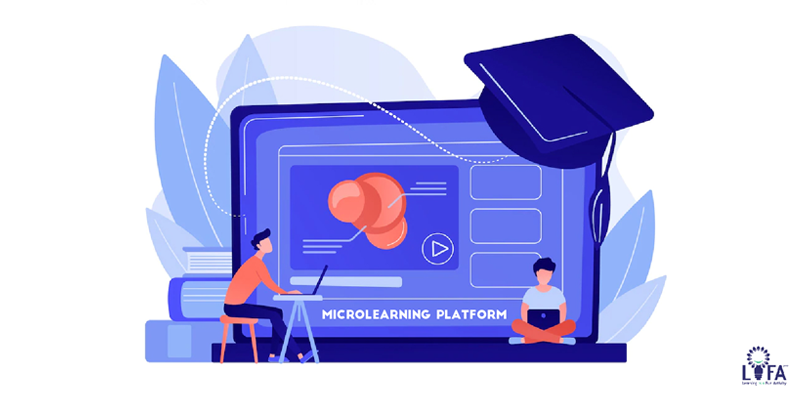

2 Comments
Are there any other methods of active learning?
Hi dear Suzi
Of course, yes, there are lots of active learning methods. You can find them by searching on the web, and we create video definitions on the Youtube channel.